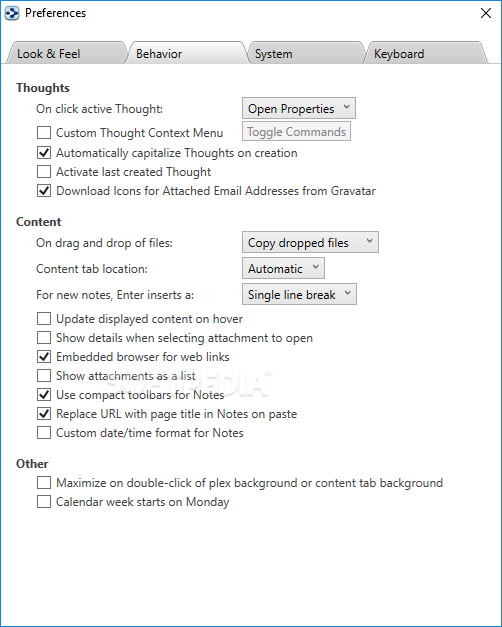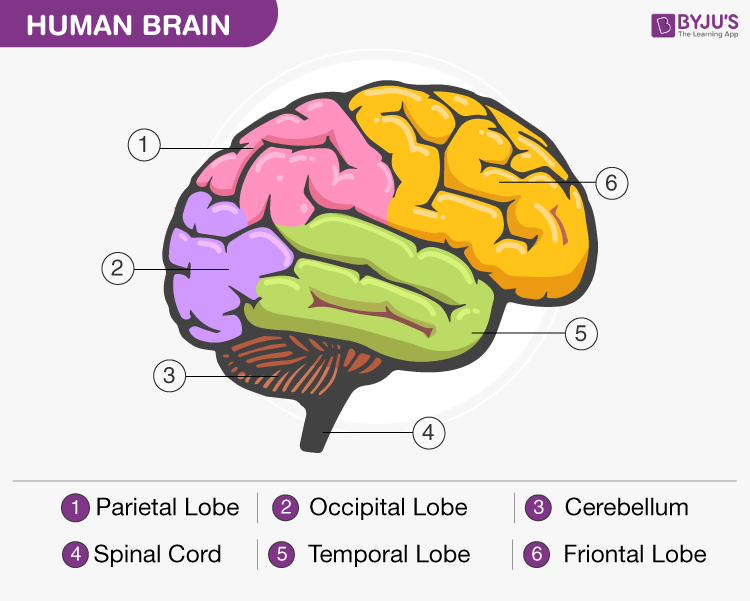
For instance, it’s hard to memorize through brute force the groceries we need to buy. When we process information, we do so spatially. Once we click, lists tap into our preferred way of receiving and organizing information at a subconscious level from an information-processing standpoint, they often hit our attentional sweet spot. List-style headlines often provide that optimal balance of information and ambivalence, intriguing us just enough to click, on the chance that we’ll come across something particularly relevant or exciting. and U.K., ranging from hard news to tabloids, they found that people preferred headlines that were both creative and uninformative, like “ THE SMELL OF CORRUPTION, THE SCENT OF TRUTH” or “ FACE TO FAITH.” They not only rated them as more interesting over-all but also indicated that they would be more likely to read the corresponding stories. In 2009, when researchers at the University of Athens examined actual readers’ responses to headlines from English-language newspapers in the U.S. Once our attention has been ensnared, we still need to be sufficiently intrigued to read the story. Most of what we see is words and images (even though it often seems like Web pages or streams are composed of nothing but lists). Consider the contexts in which we’re most likely to debate which article to read: a publication’s home page, a Twitter feed, or a Facebook feed. A headline that is graphically salient in some way has a greater chance of capturing our eye, and in an environment where dozens of headlines and stories vie for attention, numerals break up the visual field. Whenever we’re scanning the environment for nothing in particular, our visual system is arrested by the things that don’t fit-features that suddenly change or somehow stand out from the background. What made you stop and focus? On a physical level, the answer is often simple: difference. Recall a time when you were spacing out while skimming a stream of content and then, without quite knowing why, found yourself pausing to actually process the words. Our gaze either stops, or we simply keep scanning. The process is instantaneous: we don’t even realize we’ve made a choice in the time our minds have selected one path or another. Once they figure out what we’re seeing in a physical sense, they work to provide personal context and decide if it’s relevant enough to focus on further. Whenever we encounter new information, our brains immediately try to make sense of it.


And there’s little that our brains crave more than effortlessly acquired data. Together, these create an easy reading experience, in which the mental heavy lifting of conceptualization, categorization, and analysis is completed well in advance of actual consumption-a bit like sipping green juice instead of munching on a bundle of kale. The article-as-numbered-list has several features that make it inherently captivating: the headline catches our eye in a stream of content it positions its subject within a preëxisting category and classification system, like “talented animals” it spatially organizes the information and it promises a story that’s finite, whose length has been quantified upfront.


 0 kommentar(er)
0 kommentar(er)
